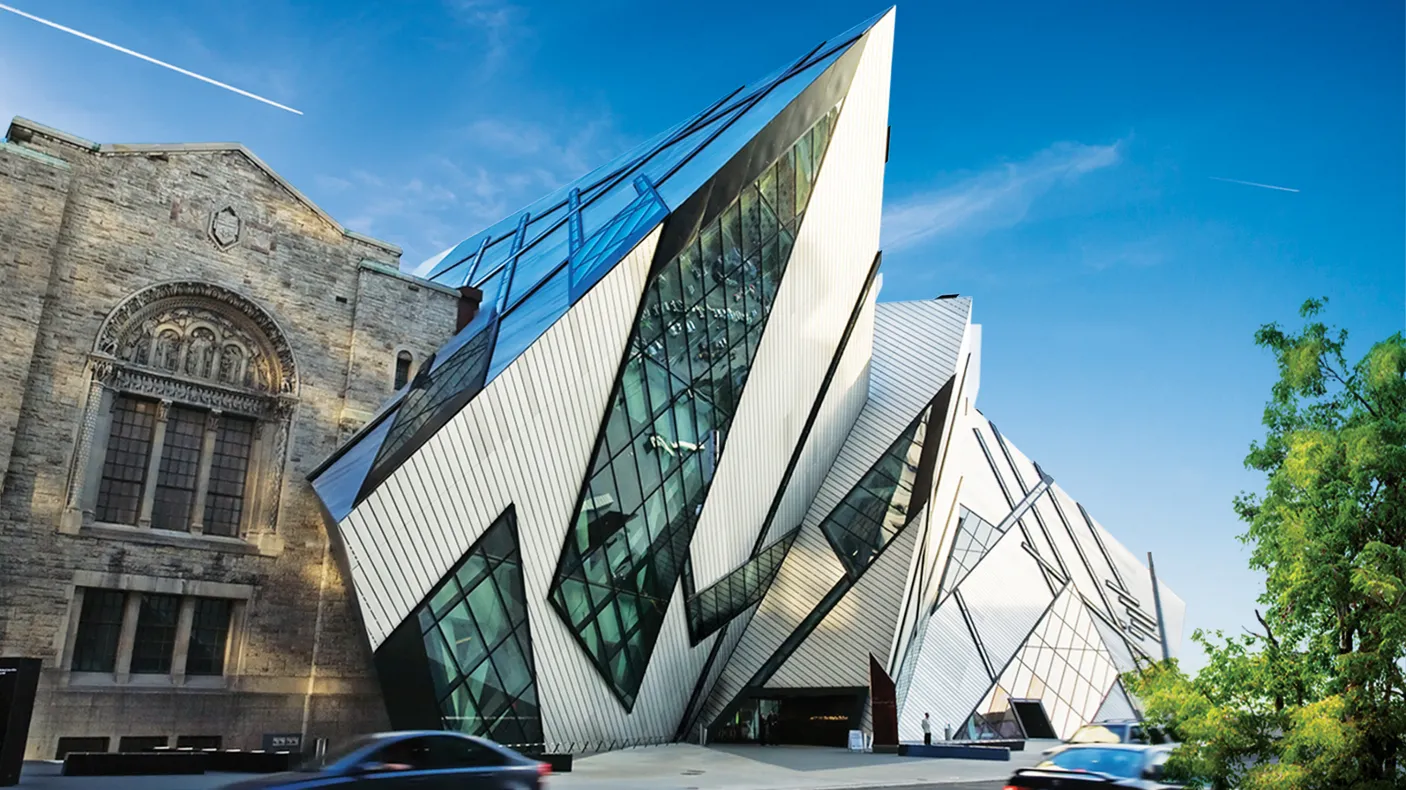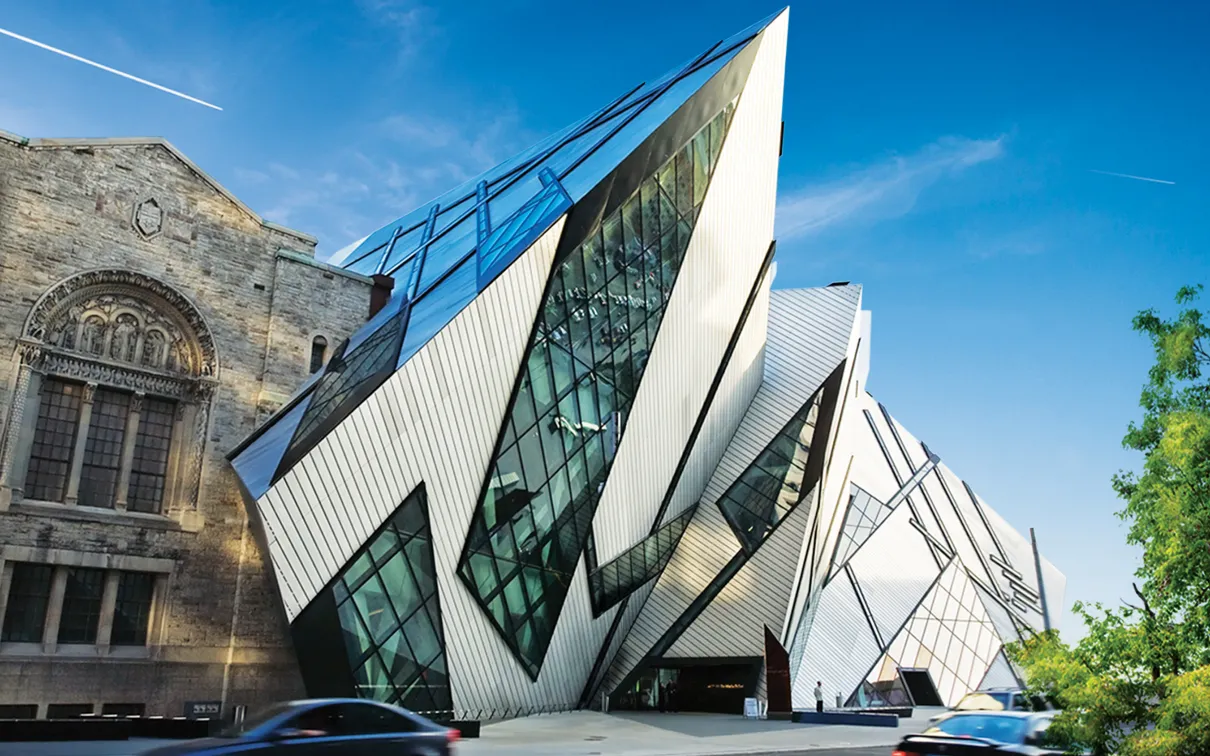Observance and Memorial: Photographs from S-21, Cambodia
Published
Category
Press Release
“To keep you is no gain; to destroy you is no loss” – Khmer Rouge Slogan
The Institute for Contemporary Culture (ICC) at the Royal Ontario Museum (ROM) presents Observance and Memorial: Photographs from S-21, Cambodia, featuring 103 photographic prints developed from original negatives abandoned by the Khmer Rouge in January 1979, at the S-21 prison in Phnom Penh, Cambodia. On view from September 22, 2012 to March 10, 2013 in the Roloff Beny Gallery, Level 4 of the Michael Lee-Chin Crystal, this important exhibition informs Canadians of the tragic mass killings that occurred under the Khmer Rouge regime and how modern Cambodia is recovering from the trauma of these events more than thirty years later.

Curated by Dr. Carla Rose Shapiro from the Asian Institute at the Munk School of Global Affairs, University of Toronto and Photo Archive Group, Observance and Memorial calls attention to the atrocities that took place in Cambodia between 1975 and 1979, and how this specific event relates to current engagement with human rights issues. The exhibition underscores the need for historical awareness, political will and advocacy in addressing large scale human rights abuses.
“These events in Cambodia’s history are not well understood by the Canadian public, as they followed so closely on the heels of the Vietnam War, which at the time dominated the North American media,” says Francisco Alvarez, Managing Director of the ICC at the ROM. “A significant part of the ICC’s mandate is to bring international political and social issues to the public’s attention, and as such we present these photos not as examples of photographic art, but as documentary evidence. “This is not an art exhibition.”
"Approximately 14,000 people were brought to S-21 for interrogation. Every one was tortured and killed, except for 23 known so far, who survived until the regime collapsed,” recalls Curator Michael Perkins. “This show is dedicated to all who endured the time of the Khmer Rouge – to the survivors in Cambodia, and in the Diaspora, and to the souls of those whose lives were ended.”
"The mass killings at S-21 have had a deep emotional impact on the Cambodian Diaspora, and presenting this exhibition here in Toronto comes with the challenge of interpreting these rarely seen artifacts carefully, bearing in mind the long road to recovery they have undergone since 1979”, says Dr. Shapiro. “We have worked closely with a community consultation group to address these sensitivities.”
Exhibition Overview
Observance and Memorial raises profound questions about post-colonial legacies, imperialism, nationalism, ideological extremism, accountability, and justice. One generation later, and with the trials of the surviving Khmer Rouge leaders currently underway in Cambodia, it is timely to reflect on this period of history, commonly referred to as the Cambodian genocide, when approximately two million Cambodians lost their lives. The ICC properly contextualizes the S-21 prisoner portraits as documentary artifacts of crimes against humanity.
The exhibition will be presented in four sections:
Introduction through historical explanation of the rise to power of the Khmer Rouge (the ruling party in Cambodia from April 17, 1975 to January 7, 1979), their beliefs in a utopian agrarian society, and the atrocities they committed in those years, particularly at S-21. S-21 was a secret prison maintained mostly for persons affiliated with the ruling party and accused (usually falsely) of being enemies of the state. Because of the extreme secrecy of the Khmer Rouge under Pol Pot, the fact that more than 30 years have passed since these atrocities happened in a place so far away, compounded by media fatigue following the end of the Vietnam War, many Canadians will in fact be learning about these events for the first time. The creation and purpose of the S-21 prisoner photographs, which were originally attached to interrogation documents, is also explained in this section.
The second section of the exhibition presents 103 prisoner photographs, each person serving as silent witness to the injustice, horror and death that was experienced by some 14,000 prisoners detained at S-21. The people pictured represent the diversity of the victims of the Khmer Rouge – young and old, male and female, soldier and civilian. Near the end of this section, visitors will encounter biographies of four recently identified prisoners, while the anonymity of the majority of the portraits remains.
Visitors to the exhibition may react with powerful emotions. To help resolve the intense content of the show, the third section of the exhibition will be a quiet space intended for personal reflection, as suggested in the title of the exhibition, Observance and Memorial. In the centre of this space, an architectural sculpture suggesting a Cambodian stupa, or reliquary, will allow visitors to honour the spirits of the deceased and consider their own relationship to the photographs.
Finally, visitors will enter a resource centre providing more information about contemporary Cambodian culture. Today, the former S-21 prison serves as the Tuol Sleng Genocide Museum, and is one of the most visited sites in Cambodia. A historical timeline will explain what happened in Cambodia since the fall of the Khmer Rouge. Other elements will cover the ongoing trials of Khmer Rouge leaders in the Extraordinary Chambers in the Courts of Cambodia, the reconstruction and recovery of Cambodian society, documentary film featuring Cambodian survivors living in Canada, links to human rights organizations, and information about who took these photographs as well as who preserved them and why.
To augment the exhibition, the ICC will present a wide range of public lectures, films, and performances. More details to follow.
For more on the history of the Khmer Rouge and the S-21 Prison, visit http://www.cambodiatribunal.org/history/khmer-rouge-history
The Institute for Contemporary Culture
The mission of the Institute for Contemporary Culture (ICC) at the Royal Ontario Museum is to stimulate diverse audiences to think creatively, understand and change the world. Inspired by the mandate and collections of the ROM, the ICC examines living societies and the natural world, linking the present to the past through innovative exhibitions, special events and the creation of dynamic original content using new technologies. For more information: www.rom.on.ca/icc
Media Partner: 


